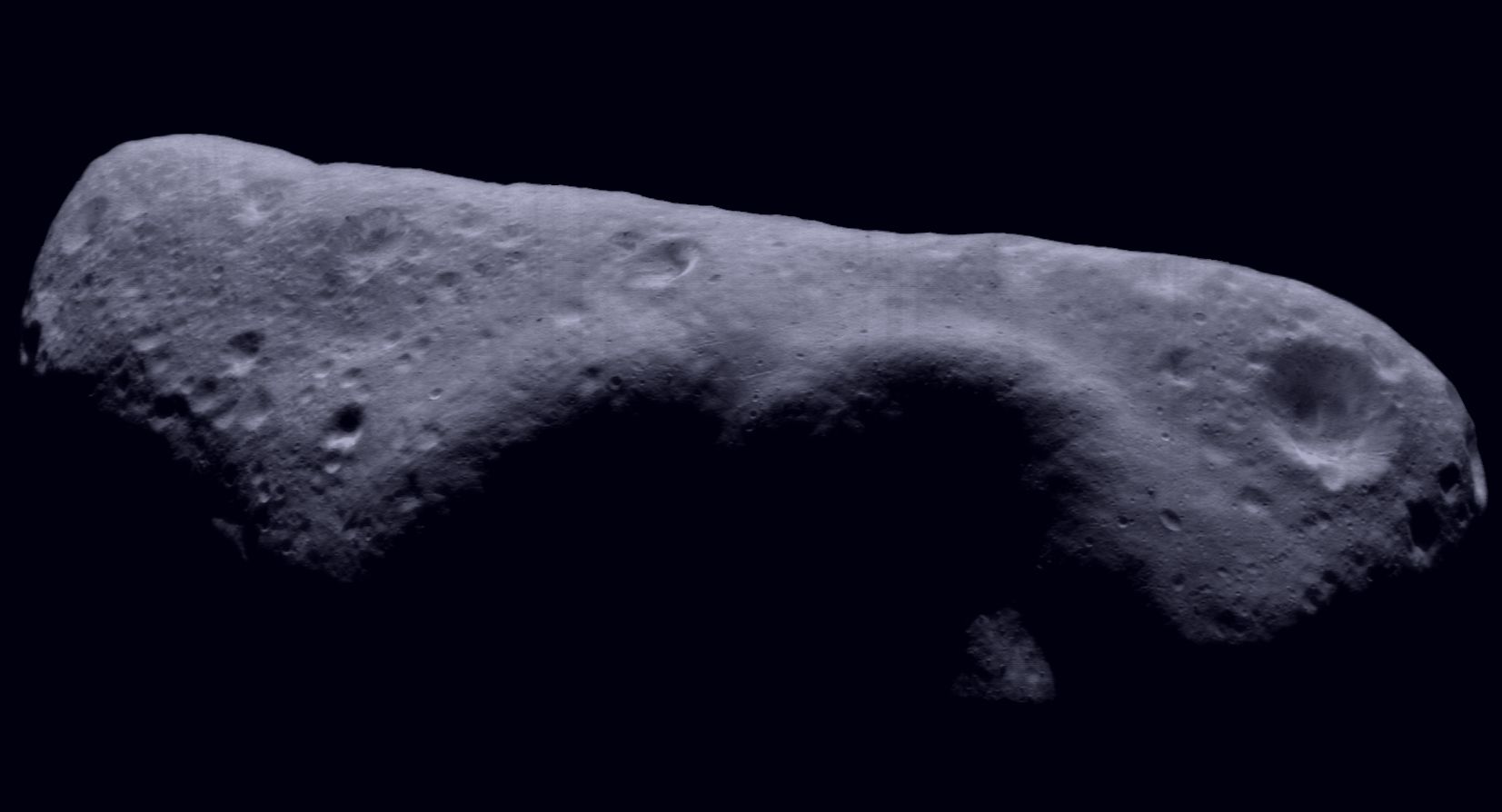| Solar System Dynamics Group |
 |
2011 GN44 older result |
 |
| Solar System Dynamics Group |
 |
2011 GN44 older result |
 |
Asteroid 2011 GN44 was discovered on April 3, 2011 by the Pan-STARRS 1, Haleakala. This object has a diameter 0.7 - 1.5 kilometers.
Orbital elements of impact orbit for two dates (equ. J2000)
| Epoch [TT] | a [AU] | e | i [deg] | Ω [deg] | ω [deg] | M [deg] | rms | |
|---|---|---|---|---|---|---|---|---|
| dev/σ |
20110608 20681003 |
2.236027520 13.38 2.236094321 |
0.599331356 10.41 0.592845599 |
54.7633815 13.52 54.9549550 |
16.9199386 13.54 16.5875611 |
319.5301700 -13.33 319.6841879 |
316.4482312 12.28 6.7700055 |
0″.48 |
Impact date: 2068 10 10.015 (UT) Vimpact= 34.080 km/sec Ψimpact =0°.24
Orbital elements of impact orbit for two dates (equ. J2000)
| Epoch [TT] | a [AU] | e | i [deg] | Ω [deg] | ω [deg] | M [deg] | rms | |
|---|---|---|---|---|---|---|---|---|
| dev/σ |
20110208 20351003 |
2.264566151 -1.62 2.264215332 |
0.601829246 -1.52 0.599339394 |
55.4961620 -1.62 55.5750960 |
17.0471557 -1.61 16.9088259 |
319.0155347 1.61 319.0878843 |
282.4326157 -1.59 6.4779907 |
0″.59 |
Impact date: 2035 10 10.884 (UT) Vimpact= 34.377 km/sec Ψimpact = 30°.43